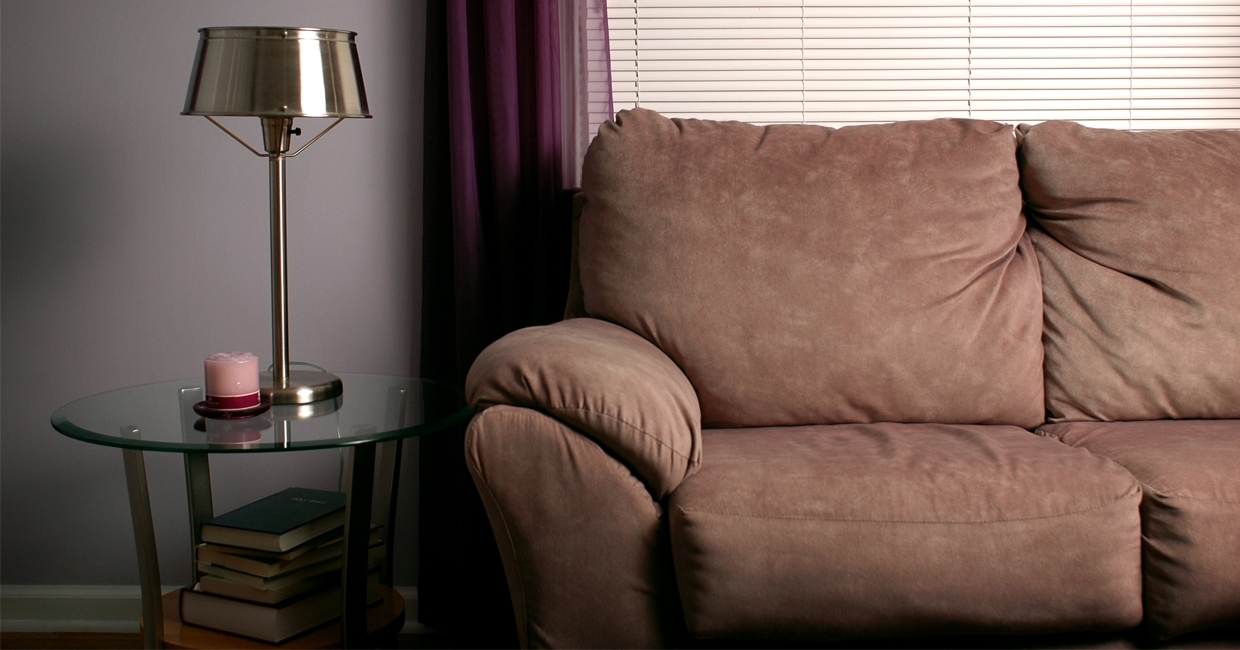The cost of living crisis has impacted our furnishings purchasing behaviour in two ways, writes Louise O’Brien, MD of sustainable packaging specialist, Greyhound Box – people are putting their pennies towards needs, not wants, and are also investing more in their homes. And, despite the financial pressures, sustainable choices are still at the forefront of consumers’ minds …
I recently read that the sustainable home decor market is expected to grow by almost $200b by 2029. Consumer preference for making more environmentally-friendly purchases has risen during recent years, and it looked to expand into the home textiles and accessories sector well into 2023.
Furniture and household appliance sales showed growth during Black Friday 2022, despite a year that saw inflation reach double figures for the first time in 40 years. The saying ‘home is where the heart is’ has never rung more true – nor has the popularity of investing in home furnishings.
Consumer behaviour during this cost crisis is drawing parallels with that of the Covid-19 lockdowns. Not that we’re under restrictions on where we can go, and who with – more that we’re self-imposing our own spending restrictions as the purse strings tighten.
Once again, staying in looks set to become the new going out. Last year’s Black Friday discounts “boosted sales of home furnishings as many households traded big nights out for budget nights in”, said BRC chief executive Helen Dickinson – and, much like we invested cash to improve the four walls we became so accustomed to during the lockdowns, shoppers looked to soft furnishings and home accessories to spruce up their homes last Christmas.
Though we might not necessarily have the same levels of disposable income to fund major renovations, we’ve got the freedom to entertain at home – I reckon more of us will look to play host over eating or drinking out in the run-up to summer.
Given that many high-street retailers now offer home furnishings under the same roof as footwear and fashion, velvet cushions, stylish lampshades or snuggly rugs have never been more accessible. Or affordable.
Back in 2018, fashion giant ASOS announced their own-brand homeware and textiles line. A year later, high-street staple Zara made their Zara Home goods available online – they’ve been present on the high street for over a decade. More recently, Mango’s UK ecommerce site began selling its homeware collection. Getting hands on this week’s most popular home accessory has become as competitive as jumping on the latest fashion trend.
And though delivery delays and supply chain problems sent Made.com into a regretful demise in late 2022, multinational retailer Next spent £3.4m buying the brand, its domain names, and IP. Though it had been valued at £775m the year before, the move still suggests confidence in the future of the home furnishings market. With Poundland next to jump onto the homeware hype – they’re looking to offer a range sometime between now and the autumn – it seems that homeware’s not the only thing trending right now. Affordable homeware is.
But, despite our financial caution growing, it doesn’t seem to have dampened our sustainability awareness. We’re taking more time to really look at what we’re purchasing – where it’s from, how it’s made, and the waste associated with it. Tighter budgets are initiating positive consumer behaviour changes – for instance, the Boston Consulting Group found that 59% of Brits are now opting to buy for long-lasting quality (including products that are easier to repair).
So, as we enter what I hope to be the most ‘genuine’ green era of retail yet, let’s not leave the sustainability element at the product. As retailers seek efficiencies that help to ease cost pressures, there’s opportunities to enhance sustainability: the materials of the product; the packaging it’s stored, shipped, and displayed in; the players in the supply chain.
The full impact of the combined cost and energy crisis remains to be seen. But as we snuggle with family under a thermal blanket, the scent of Zara Home’s latest candle fragrance around us, the sentiment of ‘home is where the heart is’ continues to ring clear.
Louise is the MD of Greyhound Box, a supplier of corrugated cases that specialises in consultation, bespoke design, and manufacturing of sustainability-centric packaging.












